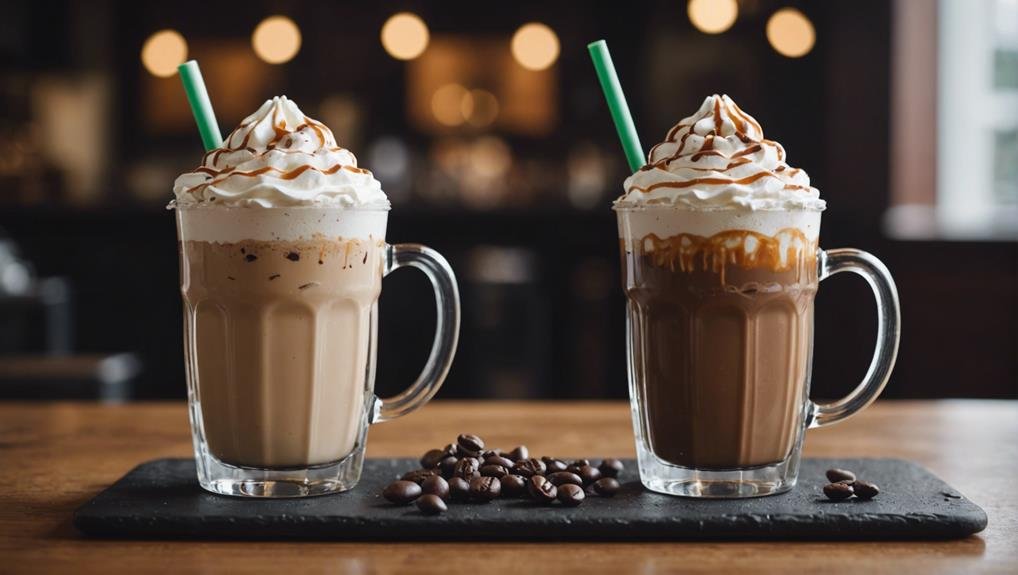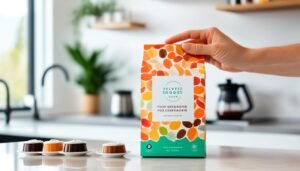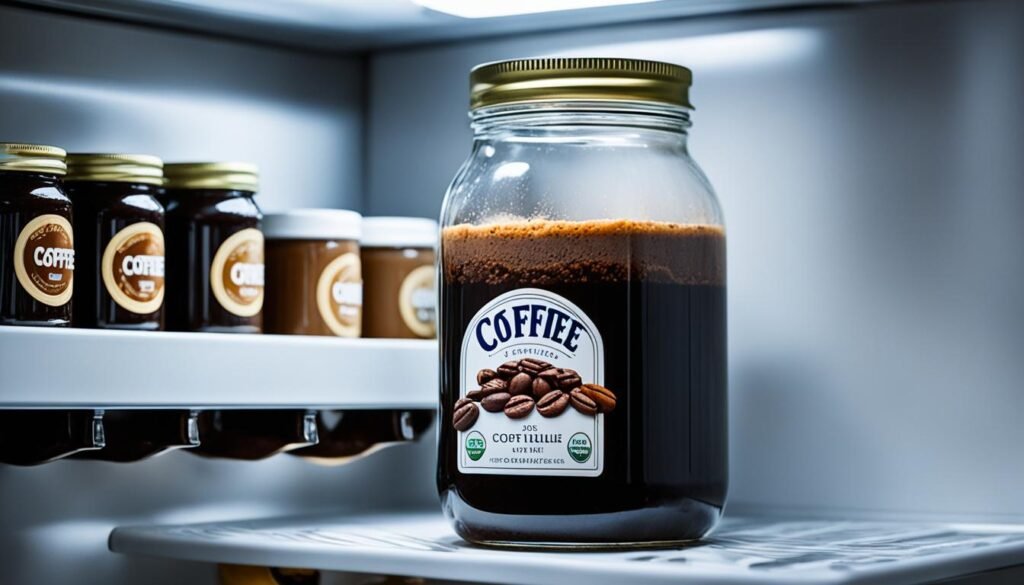When comparing frappe and Frappuccino, we see distinct origins and styles. The frappe, created in 1957 in Greece, is a simple mix of instant coffee, sugar, and ice, usually shaken. It's a popular summer drink with straightforward flavors.
In contrast, the Frappuccino, introduced by Coffee Connection in the 1990s and later popularized by Starbucks, combines espresso, milk, sugar, and ice, offering a smoother, creamier texture. Frappuccinos often come with added flavorings and toppings, making them richer and more varied.
Understanding these differences helps explain their unique appeal. For example, a frappe is perfect if you want a quick, refreshing coffee fix. On the other hand, a Frappuccino is ideal if you crave a more indulgent treat with options like caramel or mocha flavors.
Let's dive deeper into what makes each special. The frappe's simplicity means you can easily make it at home with just instant coffee, sugar, and ice. Meanwhile, a Frappuccino offers a more luxurious experience, often featuring whipped cream and various syrups. Starbucks even has seasonal Frappuccino flavors like Pumpkin Spice or Peppermint Mocha, adding to its appeal.
By understanding these unique qualities, you can choose the perfect coffee blend for any occasion.
Origins of the Frappe
The frappé, a popular summer drink in Greece, has an interesting origin story dating back to 1957. It was invented by accident by Dimitris Vakondios, an employee at Nescafé. This refreshing beverage quickly became a favorite in Greece, offering a cool escape from the summer heat.
Originally, the frappé was simple: instant coffee, sugar, and ice cubes blended together to create a frothy, chilled drink. Over time, variations have emerged, especially in the United States. Today, you might find frappés made with espresso, milk, and various flavors. Despite these changes, the essence of the frappé remains tied to its Greek roots.
This evolution of the frappé shows how a simple idea can grow and adapt while still honoring its original method. It's a testament to how a straightforward invention can continue to bring joy and refreshment across different cultures and times.
Birth of the Frappuccino
In the early 1990s, Coffee Connection in Massachusetts introduced the Frappuccino, a new coffee blend that quickly gained popularity. This was a key moment in the coffee world.
The Frappuccino mixed espresso, milk, sugar, and ice, making it different from traditional coffee drinks. Noticing its success, Starbucks started testing a similar drink using a blender.
By 1994, Starbucks bought Coffee Connection and acquired the rights to the Frappuccino. They trademarked the name and launched it nationwide, securing its place in coffee culture.
This launch changed how we enjoy coffee by combining the qualities of a dessert with the boost of caffeine. Today, the Frappuccino is a common item in coffee shops around the globe.
Popular Recipes

Let's dive into some popular recipes that will help you recreate beloved coffee drinks at home.
To make a classic homemade frappé, blend instant coffee, sugar, milk, and ice. If you want to explore different flavors, try adding vanilla or caramel syrup.
For a homemade version of the Frappuccino, blend espresso, milk, ice, and a bit of sugar. You can also add chocolate chips for a Java Chip Frappuccino or cocoa powder for a delicious Mocha Frappe.
These recipes offer easy ways to enjoy these tasty drinks without leaving your kitchen. Experiment with various ingredients to find your perfect blend, and enjoy the freedom to make these coffee treats just the way you like them.
Key Differences
Now that we've explored some popular recipes, let's highlight the key differences between a frappé and a Frappuccino.
First, their blending methods differ. A traditional frappé, which comes from Greece, is usually shaken or blended with instant coffee, sugar, and ice cubes. Modern versions can also use espresso.
In contrast, a Frappuccino, introduced by Coffee Connection and made famous by Starbucks, is always blended to achieve a smooth, creamy texture.
Next, the ingredients set them apart. Both drinks use coffee, milk, and ice, but the frappé tends to be simpler. The Frappuccino often has added flavorings, syrups, and toppings, making it richer and more varied.
This difference impacts their taste and how they're made.
Trademark and Branding

Starbucks' acquisition of the Frappuccino trademark changed the game for blended coffee drinks. By securing this trademark, Starbucks gained exclusive rights to the Frappuccino name, which helped boost their brand recognition. This move allowed them to stand out in the market and set their products apart from similar beverages.
Key aspects of Starbucks' trademark strategy include:
- Exclusivity: Only Starbucks can use the Frappuccino name, giving them a unique market position.
- Branding: Consistent branding across all Starbucks locations ensures that customers know what to expect.
- Market Dominance: This strategy strengthened their hold in the coffee industry, making it hard for competitors to match.
- Consumer Trust: A recognizable brand like Frappuccino builds trust with customers, who then feel confident in their purchase.
For example, if you're a fan of blended coffee drinks, you know that the Frappuccino comes from Starbucks and nowhere else. This clear branding helps Starbucks maintain a loyal customer base and attract new fans.
Conclusion
Exploring frappé and Frappuccino reveals interesting differences in their origins, ingredients, and preparation methods. The frappé, stemming from Greek roots, is a simple blend typically made with instant coffee, water, sugar, and ice.
In contrast, the Frappuccino, popularized by Starbucks, is a richer, espresso-based drink often topped with whipped cream and flavored syrups.
These differences show that both drinks offer unique coffee experiences. The frappé's simplicity caters to those who enjoy a straightforward coffee flavor, while the Frappuccino's variety and richness appeal to those seeking a more indulgent treat.
Each drink has found its place in global coffee culture, catering to different tastes and preferences. Whether you prefer the classic frappé or the decadent Frappuccino, there's a coffee blend for everyone.












